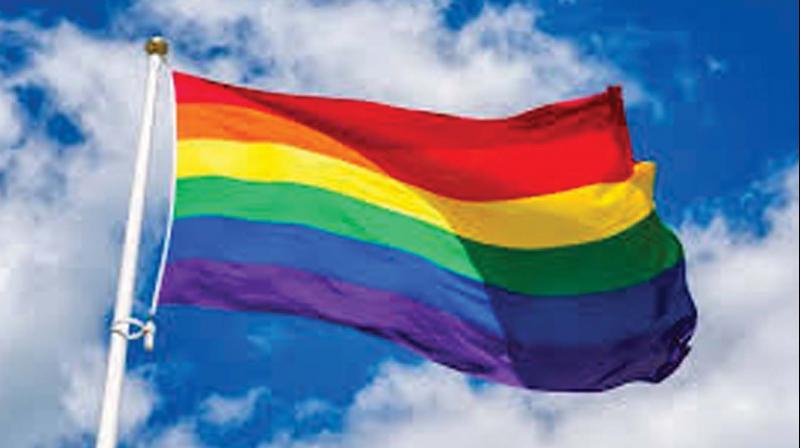50 years of Stonewall Inn: A raid that exposed the colours of Pride

Mumbai: Today is the day that marks 50 years since the start of riots at the Stonewall Inn in New York, where a police raid led to a backlash that fuelled the modern-day gay rights movement.
The years following Stonewall marked the start of the Gay Liberation Front (GFL) and the first-ever Pride parade.
The colourful symbol of LGBTQ pride and its national month have come a long way since the social movement of the 1970s.
The month of June has officially signified LGBTQ pride in the US since President Bill Clinton first declared it "Gay and Lesbian Pride Month" in 1999 and 2000.
But June has been the month of LGBTQ pride marches and celebrations in commemoration of the Stonewall Inn riots since 1970, the year after the riots commenced.
Going back to 1969, the New York Police Department had a public morals squad which raided the Inn. During that time, raids at gay bars were common across the country but that all changed when hundreds of gay, lesbian, bisexual and transgender people joined together to protest for their rights.
Patrons of the Stonewall Inn usually included homeless LGBTQ teens, trans women of colour, lesbians, drag queens, and gay men.
At that time, homosexual acts remained illegal in every state except Illinois, and bars and restaurants could get shut down for having gay employees or serving gay patrons.
Most gay bars and clubs in New York at the time (including the Stonewall) were operated by the Mafia, who paid corruptible police officers to look the other way and blackmailed wealthy gay patrons by threatening to “out” them.
Approximately 200 people were there, many of whom had never experienced a police raid before.
A sense of anger and discomfort started to spread as the customers in the Inn refused to go with the police to the bathrooms, where they would be stripped to verify their sex. Some officials started to assault some of the lesbians at the bar that night, touching them inappropriately whilst frisking them. As they refused to show their identification, police began arresting the customers.
Initially, the crowd outside the bar was just the customers but it quickly grew to 500 and 600.
Many of them were not gay but the commotion had attracted them from bars up and down the street.
A lesbian was marched out of the bar. When she complained that her handcuffs were too tight, she was clubbed over the head. As the police tried to drag her away, she called to the bystanders: “why don’t you guys do something?” They did.
As the patrol and squad cars left to drop the prisoners off at the nearby Sixth Precinct, the growing mob forced the original NYPD raiding party to retreat into the Stonewall itself and barricade themselves inside.
Some rioters used a parking meter as a battering ram to break through the door; others threw beer bottles, trash and other objects, or made impromptu firebombs with bottles, matches and lighter fluid.
By this point, the protest had become a riot. The riot police went in hard and brutally cleared the streets.
The exact breakdown of who did what first remains unclear—in part because this was long before the smartphone era and there was minimal documentation of the night's events.
Despite having been torn apart by the cops, the Stonewall Inn opened and more supporters showed up, chanting slogans like “gay power” and “we shall overcome.”
Over the next several nights, gay activists continued to gather near the Stonewall, taking advantage of the moment to spread information and build the community that would fuel the growth of the gay rights movement.
Inspired by Stonewall’s incident, activists in other cities like Los Angeles, San Francisco, Boston and Chicago, organised gay pride celebrations that same year.
The first night at Stonewall fuelled gay rights movements in Canada, Britain, France, Germany, Australia and New Zealand, among other countries, becoming a lasting force.
In 2016, President Barack Obama designated the Stonewall Inn and Christopher Park across the street as the Stonewall National Monument.

